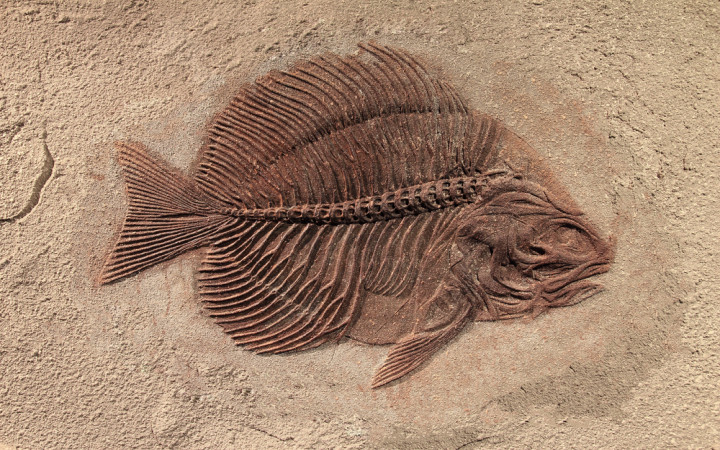Today’s Wonder of the Day was inspired by olisaemeka. olisaemeka Wonders, “Where could I find fossils around my home?” Thanks for WONDERing with us, olisaemeka!
Have you ever WONDERed how scientists can know so much about things that happened thousands of years ago? For example, how do they know what certain dinosaurs looked like? After all, those dinosaurs have been extinct for thousands of years, right?
But what about the parts of those dinosaurs that were left behind? Occasionally, bones, teeth, and other parts may have left an imprint in a rock. Some of these rocks survive to this day. When scientists find these imprints, they can learn a lot about the animals that left them. What are we talking about? Fossils, of course!
Fossils are the remains or impressions left by plants and animals that lived many years ago. Over time, the organic (living) material left behind is replaced with minerals. This makes a fossil that is like stone but looks just like the plant or animal.
Not all plant and animal remains become fossils. Certain conditions have to exist for this to take place. For example, many fossils form when plant and animal remains are buried by mud, sand, or soil. This helps to preserve the remains long enough for them to form fossils.
Fossilization also takes a lot of time. How long? How about 10,000 years or more. So if you bury a plant leaf under a pile of mud in the backyard, don’t expect a fossil to form in your lifetime!
Still, fossils can be found just about anywhere. From the tops of mountains to the depths of the seas, fossils can be found all over Earth. Some sit on top of sandy beaches while others stay hidden deep underground.
Fossils are often found during construction or new mining projects. As the ground is dug up and moved about, fossils once hidden deep underground suddenly come to light. In a similar way, you can often find fossils in shallow stream beds. The constantly flowing water cuts through old earth to reveal what’s hidden below.
From time to time, you might hear the term “living fossil.” Knowing what you already know about fossils, this probably seems like an odd term. However, it refers to species alive today that are the exact same as fossils that have been found. This means that these species have been unchanged for thousands or millions of years.
One example is the non-flowering plant called Ginkgo. There is one species considered a living fossil: Ginkgo biloba. Scientists have found fossils recognizable as relatives of modern Ginkgo biloba from 270 million years ago!
Have you ever found a fossil? Maybe you’ve seen one online or in a museum. Scientists dig up new fossils every day, and you could do the same. Find a trusted adult who can help you look for fossils. You may be surprised at what fossils can be found near you!
Standards: CCRA.L.3, CCRA.L.6, CCRA.R.1, CCRA.R.2, CCRA.R.4, CCRA.R.10, CCRA.SL.1




